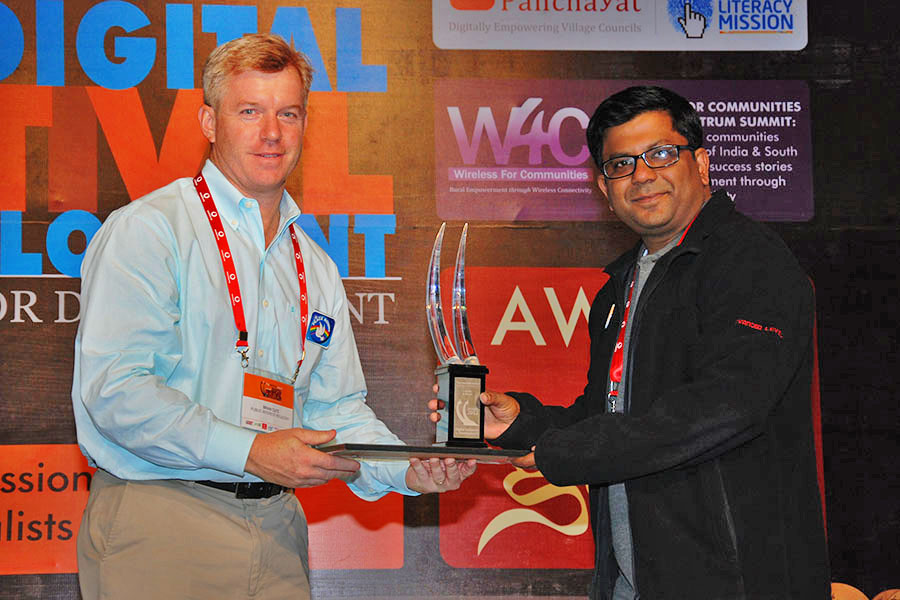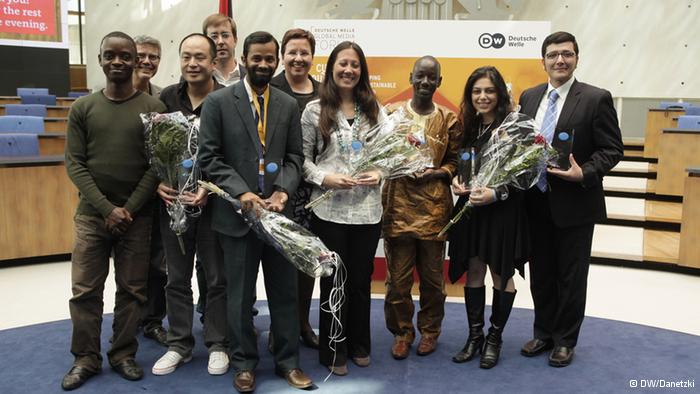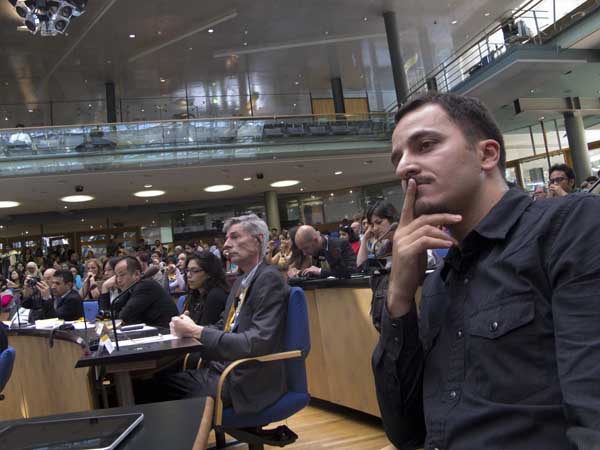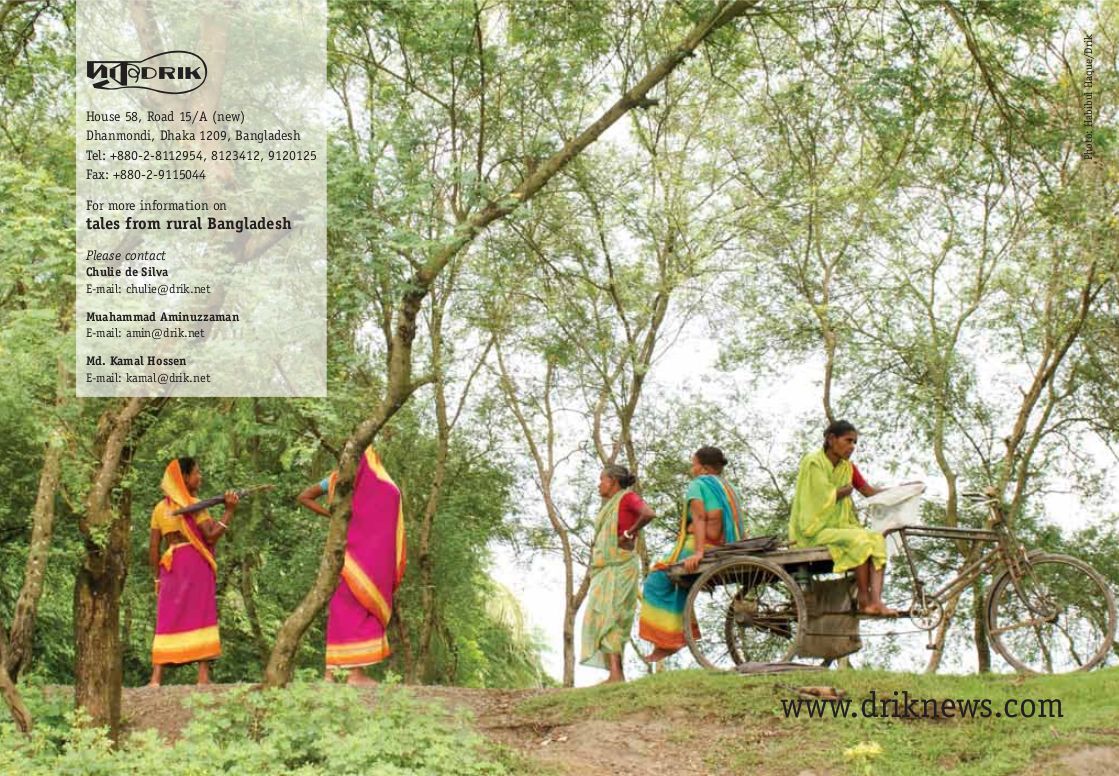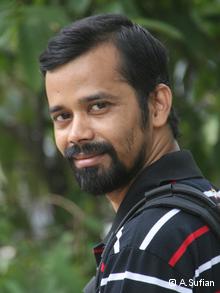Young Curators, New Ideas IV
mr. & mrs. amani olu, in conjunction with Meulensteen, are accepting curatorial proposals for Young Curators, New Ideas IV, opening at the gallery on June 7, 2012. Below is a brief about the exhibition along with submission guidelines. If you have questions, please do not hesitate to contact amani olu or visit.
Young Curators, New Ideas
Young Curators, New Ideas IV is an experimental group exhibition that broadly examines the intersection between curatorial practice and modes of artistic production. YCNI seeks to provide a venue for emerging curators to develop their practice, experiment with ideas, form relationships with artists and expand their presence within the contemporary art community. In the past, YCNI has supported projects by Karen Archey, Jon Feinstein, Laurel Ptak, Jose Ruiz, James Shaeffer, Lumi Tan and Cleopatra’s, to name a few. Continue reading “Open Call for Curatorial Proposals”
 A tweet by NYT columnist Nick Kristof about being denied an entry visa to Bahrain.
A tweet by NYT columnist Nick Kristof about being denied an entry visa to Bahrain.


